Mergers and acquisitions (M&A) are significant in business growth and expansion. When companies merge or acquire other businesses, it's critical to integrate technology from both organizations to ensure seamless operations, increased efficiency, and maximized value from the deal. This process is called M&A technology integration—an essential component that can be the difference between success and failure.
Understanding the meaning of mergers and acquisitions requires acknowledging that it involves more than just combining assets and financial resources. It also requires merging cultures, processes, and technological infrastructures. In many cases, IT mergers and acquisitions are fraught with challenges due to differences in systems, outdated technology, and the volume of data that needs to be integrated. However, proper planning and execution can lead to a successful outcome where all aspects of the merged organization function harmoniously.
Several key factors must be considered when discussing IT considerations for mergers and acquisitions. One primary step involves determining which technologies to retain or discard from each company. The goal is to identify the best practices and tools to maximize efficiency once integrated.
Another factor is ensuring compatibility between various systems. This might involve upgrading software or hardware components on either side of the merger or acquisition.
In addition to technical compatibility, integration in M&A requires keen attention to data management during the transition period. Ensuring data accuracy and consistency across platforms can be achieved through rigorous data cleansing processes—such as deduplication, standardization, validation, and normalization—that lead to more effective decision-making throughout the newly formed organization.
One may wonder why M&A technology integration is so important during these business deals. The answer lies in its potential impact on operational efficiency and productivity after a merger or acquisition takes place. If systems aren't integrated effectively—or, worse yet, not integrated at all—companies may face serious setbacks, including reduced revenues due to inefficiencies caused by duplicated efforts or disjointed business processes.
By contrast, successful integration can lead to:
* Cost savings
* Better utilization of resources
* Streamlined operations
* Improved overall performance
In conclusion, M&A technology integration is a critical aspect of the overall success of mergers and acquisitions. Companies must pay adequate attention to the details of analyzing and integrating their IT systems during these transactions.
The process may be complex, but with proper planning and execution, organizations can reap significant benefits from combining their technology infrastructures—leading to increased efficiency, productivity, and more value generated from the merger or acquisition.
M&A Integration Plan
Mergers and acquisitions integration is crucial in combining the assets, resources, and operations of two or more organizations. The M&A integration plan provides a roadmap for successfully unifying the companies involved. Within this plan, one key aspect that requires special attention is M&A system integration, which deals with consolidating the information technology (IT) infrastructure of the merging entities.
Developing a mergers and acquisitions IT integration plan is essential to avoid disruptions in business operations while preserving value during consolidation. IT infrastructure plays a pivotal role in today's organizations, guaranteeing seamless communications and data management while supporting various business functions. Therefore, an effective IT integration strategy should be designed meticulously to ensure every aspect of the merger goes smoothly.
When it comes to IT infrastructure integration, several factors need careful consideration. One critical element is data migration: transferring important data from both companies into a unified database without compromising its integrity and security. This stage involves reconciling differences in data formats, structures, and systems while maintaining compliance with relevant data protection regulations.
Another aspect that demands focus is aligning software applications across the merged organization: harmonizing diverse tools used for functions such as:
* Enterprise resource planning (ERP)
* Customer relationship management (CRM)
* Human resources management (HRM)
Aligning software helps ensure consistency across departments while identifying potential redundancies or areas that might require new technologies.
Integrating networks and hardware infrastructure must also be accounted for within an M&A system integration framework. This often involves consolidating:
* Servers
* Storage systems
* Network devices
* Workstations
* Other physical components in an organization's IT ecosystem
Private equity firms often engage in mergers and acquisitions as part of strategies to add value to their portfolios. In private equity mergers and acquisitions scenarios, IT drives operational efficiencies post-transaction by enabling cost savings through streamlined processes or facilitating cross-selling opportunities within the combined organization. In such cases, a comprehensive M&A integration plan that covers every aspect of IT is instrumental in unlocking value and capturing synergies.
By carefully planning and executing an end-to-end mergers and acquisition IT integration plan that encompasses data migration, application alignment, and infrastructure consolidation, organizations can minimize disruptions during the merger process and maximize long-term value creation for both stakeholders and customers alike. With diligent attention to detail and a focus on achieving desired outcomes, IT professionals play indispensable roles in facilitating effective M&A integrations that result in high-performing business entities.
Merger & Acquisition Integration Services
Merger and acquisition integration services are essential to ensuring the seamless consolidation of two or more companies. These services focus on aligning the business processes, IT infrastructure, and technological resources of the involved organizations.
With a growing reliance on technology in today's business world, the role of IT solution consulting has become increasingly critical in steering successful M&A integrations. Technology in mergers and acquisitions plays a pivotal role in determining whether the deal will yield anticipated synergies and returns on investment. As such, merger integration should address key areas of technology alignment, including data management, software tools, and IT systems harmonization.
This is where expert integration services come into play by identifying potential bottlenecks and offering tailored solutions to overcome challenges.
Pay attention to IT security integration during an M&A process. It helps ensure that organizations have compatible security crucial to safeguarding sensitive information while mitigating cybersecurity risks. An efficient merger requires thoroughly assessing each entity's existing security protocol before developing strategies for implementing robust safeguards post-merger.
Moreover, when dealing with M&A technology integrations, it's essential to consider factors like system compatibility and architecture flexibility. This involves assessing current hardware capabilities vis-à-vis the anticipated workload increase after merging operations.
Incompatibilities may result in performance issues or even entire system crashes – consequences no organization wishes to experience during a crucial business transition. As previously mentioned, IT solution consulting is integral to navigating these complexities during successful merger and acquisition processes.
These specialized consultants possess deep knowledge about emerging technologies, allowing them to propose customized solutions for each unique situation faced during integration projects. For instance, they can advise on software selection, such as whether it would be more beneficial to adopt one company's existing platform or invest in a new system altogether capable of accommodating both organizations' demands. Furthermore, they can provide crucial insights into best practices for data migration and consolidation, ensuring minimal disruptions to daily operations while maintaining data integrity.
It is clear that the realm of merger and acquisition integration services has grown rapidly in response to the increasing need for technology alignment during business mergers. Companies must recognize the importance of expert IT solution consulting and leverage these specialized services to ensure a smooth transition.
From assessing technology in mergers and acquisitions to facilitating seamless merger integration through specialized IT security integration and other critical Integration Services, businesses can benefit significantly by engaging with experienced providers who understand the intricacies of M&A technology alignments. By doing so, organizations can successfully navigate one of the most challenging aspects of corporate restructuring: blending two distinct entities into a harmonious, efficient, and secure whole.
M&A Consulting
M&A consulting, or merger and acquisition consulting, is a specialized field that deals with the complex process of combining two or more organizations. This type of consulting focuses on identifying potential acquisition targets, conducting due diligence on those targets, and providing post-acquisition support to ensure a smooth transition.
Mergers and acquisitions are an essential component of corporate strategy, as they allow organizations to grow rapidly, eliminate competition, acquire new technologies, or enter new markets. One crucial aspect of M&A consulting is the provision of post-acquisition support.
Post-acquisition support refers to the myriad of services that help companies successfully combine their operations after closing a deal. These services can include:
* Integration planning and execution
* Employee training and development programs
* Cultural change management initiatives
* Performance measurement systems design
The ultimate goal of post-acquisition support is to minimize disruptions in day-to-day operations while maximizing value creation for both employees and shareholders.
Post-acquisition integration is another critical component of successful M&A consulting engagements. This process involves blending disparate organizational structures and cultures into a single cohesive unit that operates efficiently and effectively in pursuit of shared goals. Integration efforts often focus on areas such as:
* Finance
* Human resources
* Information technology (IT)
* Supply chain management (SCM)
* Sales and marketing functions
Successful integration requires careful planning and close attention to detail. It also necessitates strong communication skills and an ability to build consensus among diverse stakeholders.
In addition to post-acquisition integration, another concern during an M&A transaction is post-acquisition consolidation. As companies combine their operations following a deal's completion, they often find opportunities for cost savings through synergies like reducing duplicate administrative functions or consolidating manufacturing facilities. This process can generate significant value for shareholders but needs careful management so it doesn't disrupt ongoing business activities.
Another area where M&A consultants play an essential role is the due diligence phase preceding any transaction. During this stage, potential buyers thoroughly investigate all aspects of an acquisition target's business operations, financial health, management team qualifications, and other relevant factors to determine whether the deal will deliver its anticipated benefits. Due diligence helps prospective acquirers identify any potential risks or challenges that could arise after a merger or acquisition is completed.
Lastly, post-acquisition technology integration is often a crucial element in determining the long-term success of a merged organization. As two organizations with different IT systems and platforms combine their operations, it can create significant operational inefficiencies if not done correctly. M&A consultants must work closely with clients to develop clear technology integration plans that address system compatibility issues and minimize disruptions during the transition period.
Conclusion
M&A consulting encompasses various services provided by professional consultants to ensure successful corporate mergers and acquisitions. From due diligence to post-acquisition support and integration efforts, these professionals play a pivotal role in helping organizations realize the full potential of their strategic transactions while minimizing risks associated with such ventures.
Related Articles:
Private Equity IT Consulting
Private Equity Cost Optimization
Private Equity IT Consulting
Private Equity Procurement
IT Procurement Consulting
IT Procurement Strategy
Strategic Sourcing Consulting
Enterprise IT Solutions
Business Technology Consulting
IT Procurement Services
IT Procurement Consulting
AI in the Contact Center
Vendor Selection Process in Procurement







